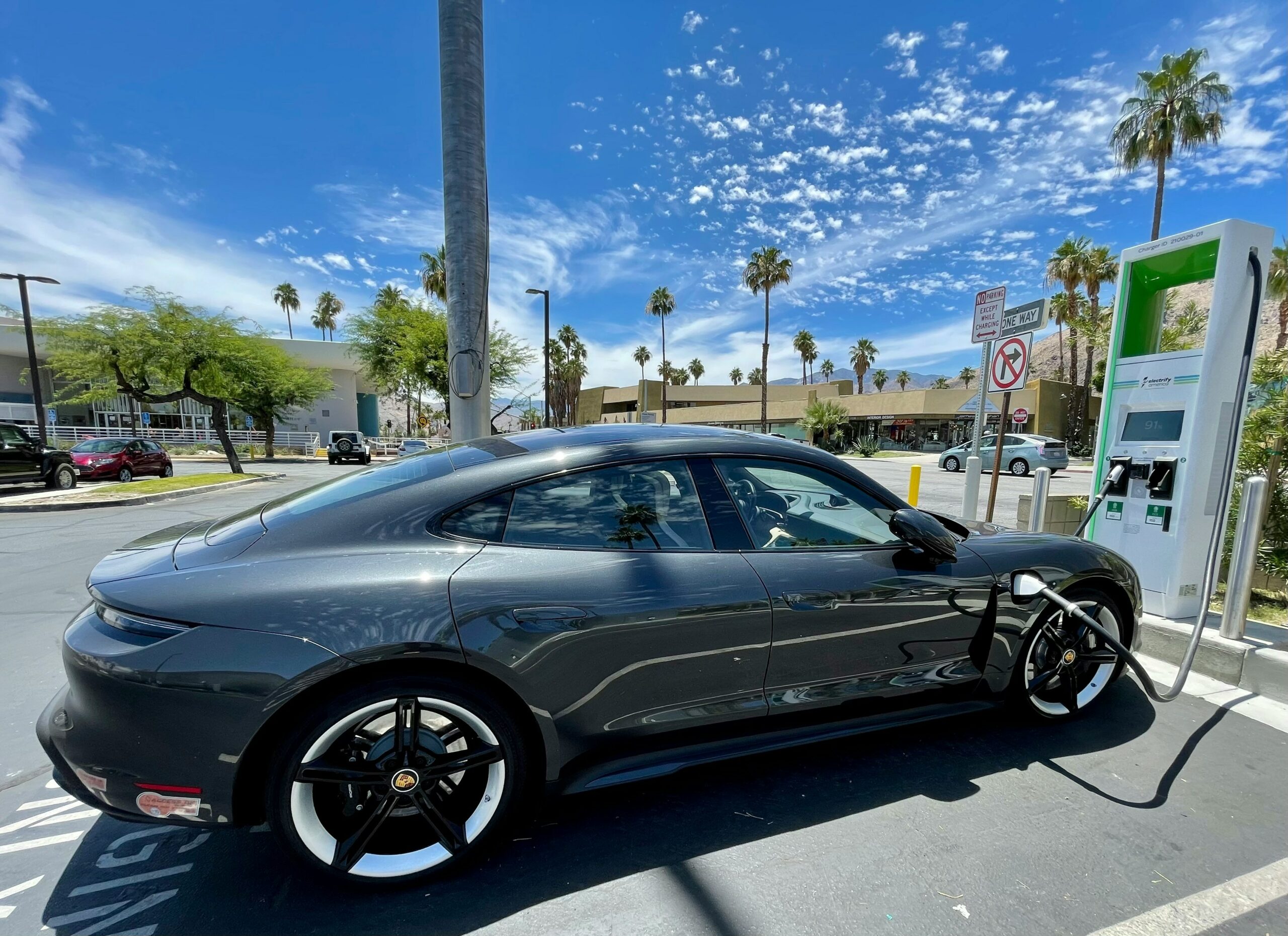The US’s solar industry is in its comeback era and it’s up to the solar energy companies to make it happen.
Solar Energy in The US: A Brief Overview
A quarter century ago, the US was the leader of the solar scene – but it didn’t take long for Japan, Germany, and China to overtake it. The American industry took another hit in the years surrounding 2010; the recession, cheap fossil fuels, over-optimistic investors, and cheap competition from China caused the first Western wave of ‘cleantech’ to go bust, taking some US solar companies down with it.
The US has now managed to claw itself back into third place with about 210 GW in installed solar capacity as of June 2024; it trails China’s over 609 GW and Europe’s 269 GW (both as of December 2023). Fueled by concerns about climate change (creating demand for clean electricity), policy support, and sinking prices for the equipment, the US managed to increase its capacity by a factor of almost 11 compared to a decade ago; even though solar power makes up only about 2% of the country’s energy supply, it accounted for 75% of new power installations. About 68% of the US’s capacity consists of utility-scale installations (i.e. solar farms); residential systems make up the second-biggest chunk with 18%, ahead of commercial’s (solar panels for businesses and governments) roughly 10% and community’s 3%.
But despite governmental incentives to spur the domestic solar industry – such as the 2021 Inflation Reduction Act (IRA) – the last year saw a few giants of the industry shrivel up and die or exit the scene. Will these American solar companies survive?

List of 10 Solar Companies in the USA
Utility Solar Companies
NextEra Energy
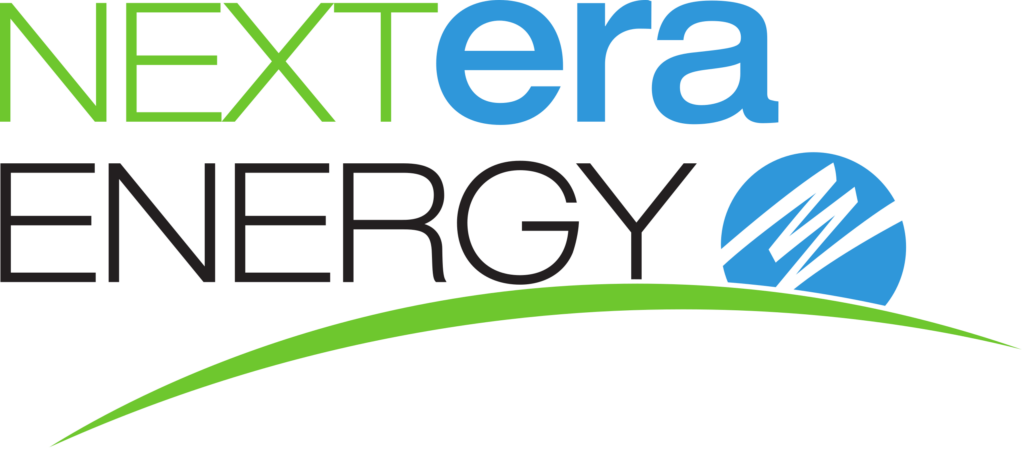
- Founded: 1984 (as FPL Group)
- Number of employees: 16,800
- Current funding level: adjusted earnings of $6.4 billion for 2023
- LinkedIn: https://www.linkedin.com/company/nextera-energy-inc
Overview: NextEra Energy is one of the world’s heftiest electricity companies, but it’s also a powerhouse for renewables, which it handles through a handful of subsidiaries including NextEra Energy Resources, NextEra Energy Partners, and Florida Power and Light (FPL). Between its subsidiaries, this solar energy company has at least 5 GW in installed solar capacity, with several more GW-scale projects in the pipeline.
First Solar
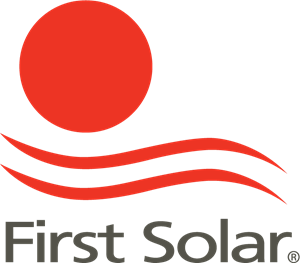
- Founded: 1999
- Number of employees: 6,700
- Current funding level: $830.8 million profit for 2023
- LinkedIn: https://www.linkedin.com/company/first-solar/
Overview: Among First Solar’s manufacturing portfolio lie two of the US’s largest solar plants: the 550 MW Topaz farm in California and the 290 MW Agua Caliente in Arizona (the 579 MW Solar Star farm is the country’s largest, but SunPower, the company that operates it, recently went bankrupt). First Solar is planning to reach 25 GW in installed capacity by 2026, with 14 GW in the US alone.
Cypress Creek Renewables

- Founded: 2014
- Number of employees: 380
- Current funding level: $200 million raised
- LinkedIn: https://www.linkedin.com/company/cypress-creek-renewables/
Overview: Cypress Creek is a newer player among the solar energy companies in the USA, but it’s not doing too shabby. The company not only owns 2 GW in solar capacity but has been involved in over 200 projects across the US through which it developed and sold off 12 GW in capacity; it also maintains and operates 5 GW of projects for other customers.
Recurrent Energy

- Founded: 2006
- Number of employees: unclear
- Current funding level: at least $904 million raised (plus about $1.41 billion financing for expansion to Europe)
- LinkedIn: https://www.linkedin.com/company/recurrentenergy/
Overview: As a subsidiary of Canadian Solar, Recurrent Energy might not be wholly American, but it’s still one of the more successful solar companies in the country. It’s built around 11 GW of capacity around the world, with roughly 3 GW of that in the US (though not all of these projects have been completed).
Residential (and Commercial) Companies
Sunrun

- Founded: 2007
- Number of employees: 10,000+
- Current funding level: $1.6 billion net loss for 2023
- LinkedIn: https://www.linkedin.com/company/sunrun
Overview: With a 10% domestic market share in 2023, Sunrun is the biggest residential solar company in the US; it’s served over a million customers, installing over 6.7 GW in capacity. Its bestselling service is its leasing model, where the panels are owned and maintained by the company, but the customer pays low upfront costs; it also offers a power purchase agreement (PPA), where the customer pays Sunrun a fixed price for the electricity generated. If that doesn’t appeal, customers can buy the panels outright.
Freedom Forever

- Founded: 2011
- Number of employees: 3,000
- Current funding level: $1 billion+ in revenue for 2023 (profit unclear)
- LinkedIn: https://www.linkedin.com/company/freedom-forever/
Overview: Freedom Forever comes in second with a roughly 5% domestic market share in 2023. Like Sunrun, it offers both buying and leasing of the equipment. It uses panels from suppliers including LONGi (China) and REC (Singapore) as well as its own (the Freedom Forever Solar Panel). It also offers energy storage.
Tesla
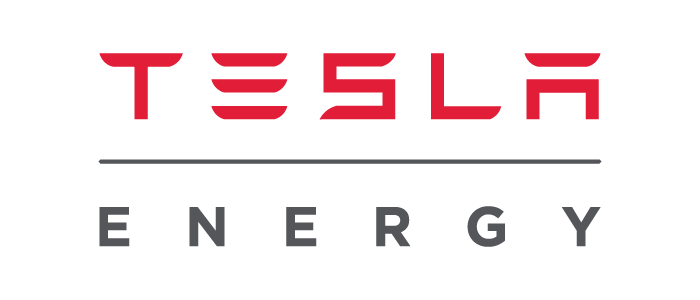
- Founded: 2003
- Number of employees: 100,000+
- Current funding level: $13.4 billion in gross profits for 2023
- LinkedIn: https://www.linkedin.com/company/tesla-motors/
Overview: Tesla might be better known for its electric cars, but it’s a solar energy company too; it has completed over half a million installations of its panels (though the actual installation is done via third parties) and holds a roughly 2.5% market share in the US. Tesla is one of the cheapest options and operates in all 50 states.
Trinity Solar

- Founded: 1994
- Number of employees: 3,000+
- Current funding level: unclear
- LinkedIn: https://www.linkedin.com/company/trinity-solar/
Overview: Solar veteran Trinity snatched a roughly 3% US market share in 2023, and it’s completed over 100,000 installations in the ten states that it serves (all on the East Coast). As far as multi-state services go, its costs are about average (so not quite as cheap as Tesla). Like its competition, it offers both leasing and buying models as well as a monthly financing plan.
Community Solar Companies
Arcadia
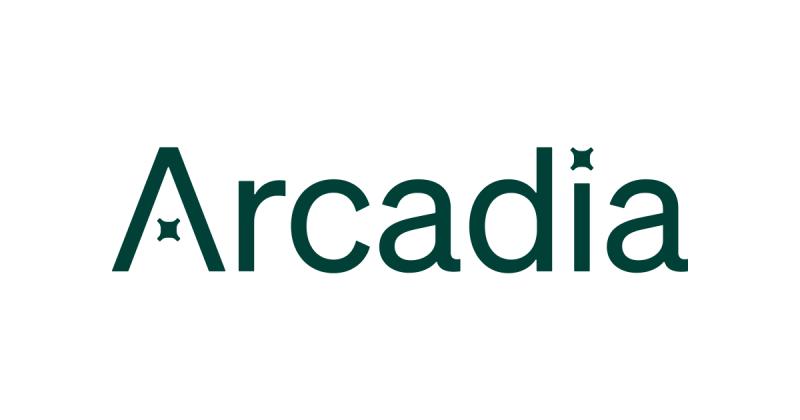
- Founded: 2014
- Number of employees: 750
- Current funding level: $658 million raised
- LinkedIn: https://www.linkedin.com/company/arcadia-io
Overview: Community solar – solar farms shared by multiple households – only made up around 3% of the US’s 2023 solar capacity, but the sector is on the rise; it’s tripled in the last four years (with 6.5 GW installed in 2024’s first quarter alone) and is expected to reach about 14 GW by 2029.
Its current leader is Arcadia, who in January 2024 became the first community solar energy company in the USA to reach 2 GW in capacity with 400 farms across 15 states. It also offers a service for businesses and claims to have connected over 2,500 organizations to community solar farms.
Nexamp

- Founded: 2007
- Number of employees: 478
- Current funding level: $1.31 billion raised
- LinkedIn: https://www.linkedin.com/company/nexamp/
Overview: Nexamp is another frontrunner among solar companies with 1.5 GW in operation or under construction. Part of this comes from its commercial services (with which it won customers by the likes of Walmart), but it recently raised a cool half-billion for expanding its community business across 19 states.
Challenges and Opportunities for Solar Companies in the USA
The US’s solar industry is at the forefront of the country’s energy transition; deployments in the last decade reached an annual growth rate of 25%, according to the Solar Energy Industries Association (SEIA). That should be a pretty good sign its companies are set to make a killing.
But it’s not all sunshine and rainbows. In the past few years, there’s been a mass extinction event of sorts in the US solar industry. This year alone, SunPower and Titan, which in 2023 held onto around 4% and 2.5% of the US market, respectively, both went bust, and ADT – another giant – left the business. They’re far from the only ones; as reported by Financial Times, 2024 saw the most cleantech companies shut down since 2014 when the cleantech bust was still in full swing. While declining costs, demand for clean electricity, and incentives like the IRA have boosted growth, says the SEIA, hefty overhead costs, rising interest rates, and solar companies’ habit of borrowing money to offer customers low upfront costs are bringing companies to their knees.
Read also: Top 15 Green Tech Companies & Startups in 2025
The Future of Solar Energy Companies in the USA
At last year’s G20, its attendees – the US among them – agreed to ‘pursue and encourage efforts to triple renewable energy capacity’ by 2030. Whether that’s going to happen is another question, but the US industry is predicted to install around 250 GW in solar capacity from now to 2029, so its future seems secure. And driving factors like tax breaks and concern about climate change look like they’re here to stay.
But in mid-2024, the US imposed higher tariffs on Chinese solar cells, which dominate the domestic market. In doing so, it could significantly slow the progress of US installation companies like those listed above by throttling their access to cheap Chinese panels. As described by the Center for Strategic and International Studies, the US imports eight times more modules than it manufactures domestically; meanwhile, US demand doubled in the last two years. So while the market is there, it’s far from a guaranteed lifeline for its companies; the perils of the industry might not have finished claiming its victims.



